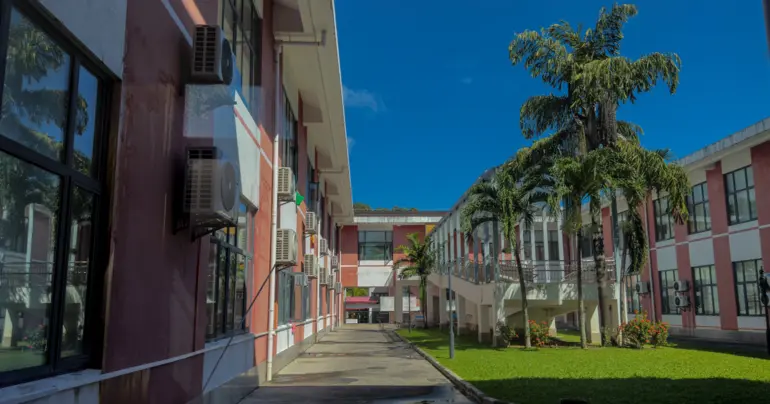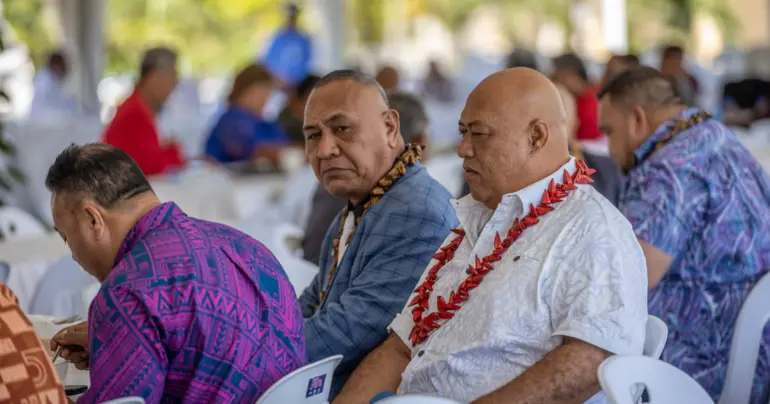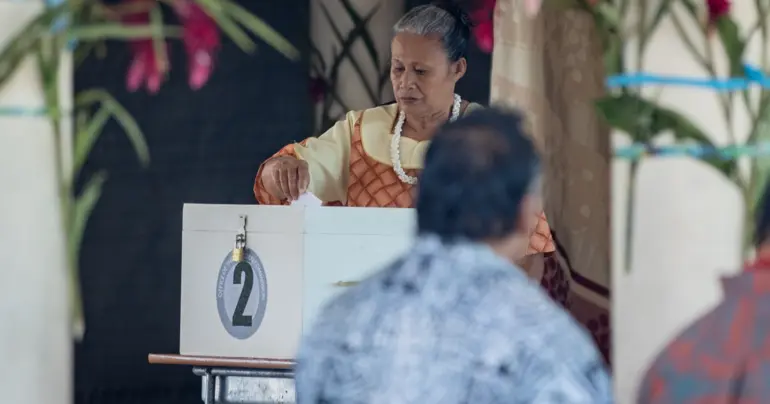How do we solve the Starlink problem?
“Houston, we have a problem,” the line sent to NASA Mission Control moments before Apollo 13 developed problems. The internet situation with Starlink right now seems to be of the same proportions.
Starlink will cut off its services to Samoa from 21 August as it faces regulatory hurdles. Starlink users were sent an email from the company notifying them. The problem is that Starlink does not yet have a license to operate in Samoa.
All Starlink equipment in Samoa has been brought in from Australia and New Zealand and is running on a ‘roaming’ service. This service was temporary.
Starlink has told its customers that the “Mobile–Regional” plans are intended for temporary travel and transit, not for permanent use in a location.
"If you have been using a "Mobile-Regional" plan for more than two months outside of the country in which you ordered Starlink, you must either see Support FAQs to change your account country or return to the country in which your service was ordered. Otherwise, starting 21 August 2024, you will be unable to connect to the internet except to access your Starlink account where you can make updates to your account," said Starlink to its customers.
This means that if Starlink does not get a license by 21 August, all services will be cut off. Even if you register your account as being in Samoa, the service will not be provided because the company does not yet have a license to operate in Samoa.
This will impact a lot of people especially businesses who have already paid the $3000 annual fees to the Office of the Regulator. The businesses have done this because Starlink was much cheaper to use. Some businesses are paying up to $10,000 a month for connectivity.
The problem according to the Regulator is that Starlink wants to introduce a regional-based price and their payment system is based on e-commerce, something most Samoans are not involved in. This one issue has also shown us a few other problems that persist.
While most of the world is moving towards digital finance, Samoa lacks the legislation and infrastructure to support this. We have heard so many promises about this but very little has materialised.
Regional pricing would mean they set a price similar to what Fijians pay. That is around $1000 for equipment and a fee of $100 per month. That works in Fiji because other communication prices have similar pricing ranges.
Starlink would be much cheaper in Samoa than other service providers because the cost of operations for other service providers such as Vodafone and Digicel remains high. This is mostly due to the high price of electricity. The reliance on fossil fuels to power generators has done this. Going green would be the best answer but we are not seeing this fast enough.
Regulator Lematua Gisa Purcell has said Starlink's regulatory approval process in Samoa was nearing completion, but several critical issues remain unresolved. She confirmed that the review of SpaceX's license, Starlink's parent company, was ongoing. The finalisation of the license is contingent upon receiving further clarifications from SpaceX.
Given that Starlink does not have a license to operate in Samoa, its services may not be available until a license is approved. In a similar incident in Tonga, the government deactivated Starlink only to give a six-month temporary license. This seems like a solution.
Let Starlink operate and people who want to use their service will find a way to make the payments or the financial agents will devise a solution.
There is also the question of the money that has been paid to the OOTR. If the service is cut off, will there be a refund to the people and businesses registered to use Starlink?
The Regulator needs to come up with a solution before the services are cut. This means a temporary license until all requirements are fulfilled. It will not be a loss to Starlink if they cut off Samoa, they are not making millions from here.
The people who will be suffering are the ones who want cheaper and better internet. Along with the Starlink problem, there should be an urgency towards having infrastructure and legislation to support digital financial services.
We also need to move towards green energy at a much faster pace so the cost of operations for other telcos can be lowered. Let’s do what is best for the people.











